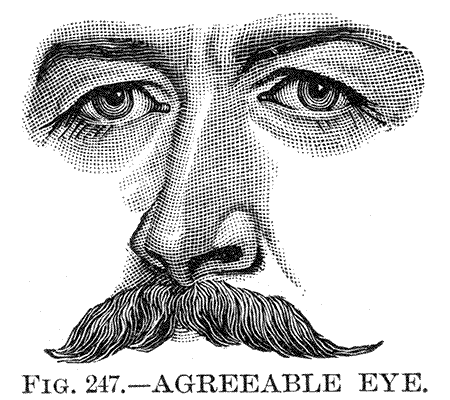edifying

Design for a chimneypiece (ca. 1762)
A few months ago, I was reading Nikolaus Pevsner’s 1968 article on ‘The Architectural Setting of Jane Austen’s Novels’ and it got me to thinking. It must have, for here I am, still muddled by it months after the fact, which is not something that normally happens after my late-night debauches on JSTOR. In brief, the article discusses various buildings in England which may have served as models for places in Jane Austen’s novels, and it also has a rather interesting discussion of the geography of London in Jane Austen’s life and works, complete with a map showing where various characters stayed when they happened to be in town.
 Pevsner also looks at the price of chimney pieces, 1 and this is what has enthralled me. Now of course you remember that Mr. Collins is very pleased about his close acquaintance with Lady Catherine de Bourgh, and is fond of bragging about the lavishness of Rosings, her stately country home, with its chimney piece costing £800. Austen drops this charming fact with the nonchalance of a flirt dropping a handkerchief, and in dashes the magician Pevsner, tossing out references to the prices of chimney pieces from between 1700 and 1800. Thus we find that, indeed, the chimney piece at Rosings was very expensive, compared to the current standards of the day: perhaps three times what was spent in apparently comparable structures. This will not come as a surprise to even the most casual reader of Pride & Prejudice, but raises some small questions about the character of Mr. Collins 2. What I like about the article is that not only does Pevsner not attempt to answer these unanswerable questions, he does not bother to ask them. They are left to the reader to imagine – which is after all, the reader’s job, isn’t it?
Pevsner also looks at the price of chimney pieces, 1 and this is what has enthralled me. Now of course you remember that Mr. Collins is very pleased about his close acquaintance with Lady Catherine de Bourgh, and is fond of bragging about the lavishness of Rosings, her stately country home, with its chimney piece costing £800. Austen drops this charming fact with the nonchalance of a flirt dropping a handkerchief, and in dashes the magician Pevsner, tossing out references to the prices of chimney pieces from between 1700 and 1800. Thus we find that, indeed, the chimney piece at Rosings was very expensive, compared to the current standards of the day: perhaps three times what was spent in apparently comparable structures. This will not come as a surprise to even the most casual reader of Pride & Prejudice, but raises some small questions about the character of Mr. Collins 2. What I like about the article is that not only does Pevsner not attempt to answer these unanswerable questions, he does not bother to ask them. They are left to the reader to imagine – which is after all, the reader’s job, isn’t it?
- On page 408, if you have rushed off to find a copy of the article in question, which I am led to understand is something of a classic.[↩]
- Because readers everywhere were waiting for subtle questions to be raised about Mr. Collins, weren’t they?[↩]
